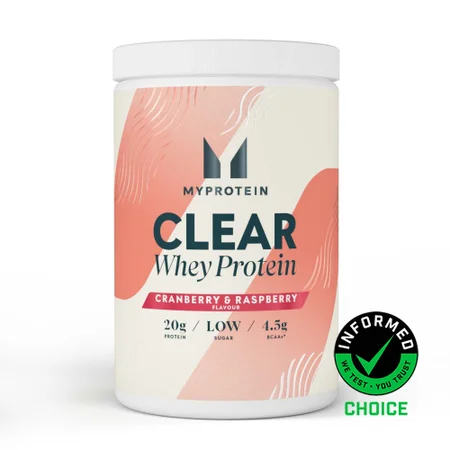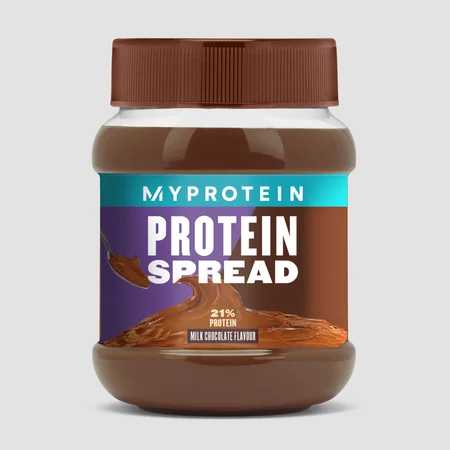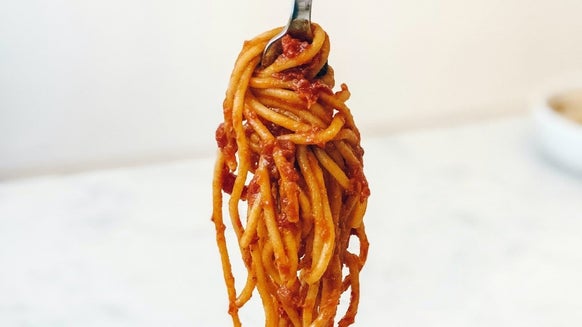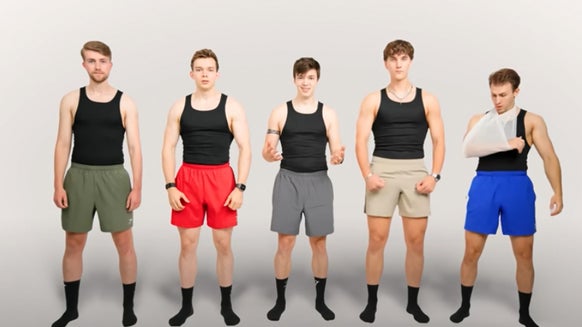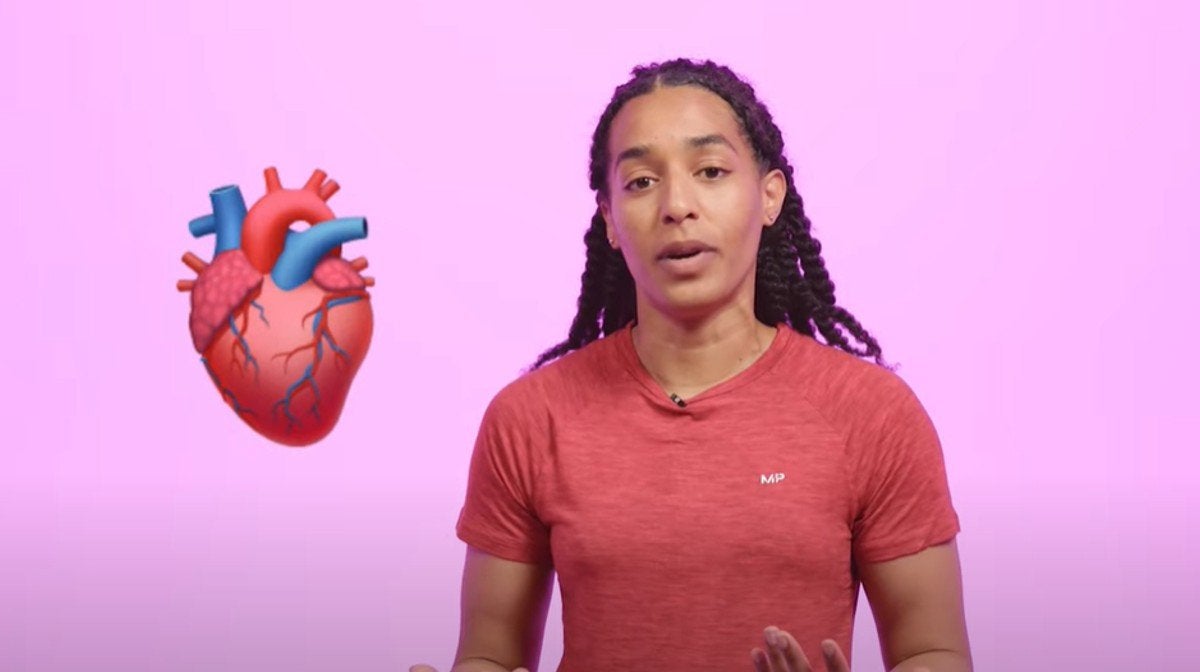
It's 7.30pm on a Monday, you’ve finished your dinner, and you’re about to head to the gym. By the time you get there, it’s nearly 8pm. A good workout lasts for roughly an hour, so it'll be gone 9pm by the time you’re finished.
Love Island will have started by then, and there’s a recoupling tonight. Not wanting to miss it, you take the decision to skip your warm-up and cool-down. They’re not that important anyway, are they? Think again.
We’ll hand over to Myprotein PT Natasha Noel-Barker, who in this episode of the Masterclass series explains the importance of stretching, warming up and cooling down. It turns out there may be much more to them than you think, especially if you want to achieve a topnotch mind-muscle connection.
Exercise is a physiological stress. As you exert this stress on your body, it needs to do a few things to keep up. These include increasing your baseline heart rate and increasing your breathing rate.
This is because as you exercise, your muscles are moving, and they need oxygen to move. But for oxygen to get to your muscles, your heart rate needs to increase so the oxygen can be pumped around your body. And for you to meet the demand for that oxygen, your breathing rate goes up.
On top of all this, while we exercise our metabolic rate changes. We need glycogen stores in order to generate energy for muscles. So during exercise your hormones will adjust in response to the physiological stress.
Ideally, exercise intensity from beginning to end should look like a bell curve, with max intensity right at the top of the curve. Your warm-up should gradually allow you to reach the top of the curve and your cool-down allows you to get back to your baseline gradually.
Benefits of warming up and cooling down
Physiological benefits
As you warm up, your body temperature will rise, hence the name. This is more important than you may have realised. A warm muscle is a more productive muscle because it’s able to take in more oxygen and you’ll be able to work across your full range of motion.
The gradual introduction to the physiological stress of working out, by gradually increasing your heart rate, means you’re able to divert more oxygen to your muscles. As you know, your muscles need oxygen to perform.
Mental benefits
But it’s not all physical. Focusing on the movements you're performing is necessary for preventing injury, and mental preparation is important for achieving the mind-muscle connection. By performing a warm-up, you’re helping to stimulate the neurological connection between your mind and your muscles. The stronger the connection, the higher output you will have from those muscles.
Can warming up prevent injury?
If your body’s warm, muscles are warm and your mind is in a ready state, it’ll have a positive impact on your workout and help to prevent injury.
Stretching & mobility
During your warm-up, you might want to include some stretching and mobility exercises. While they sound similar, they’re two different things. Stretching focuses on increasing flexibility and lengthening the muscle whereas mobility exercises focus on the range of motion of your joints.
You might want to adopt some dynamic stretches to your pre-workout warm-up. This type of stretch will help to prepare your body for the physiological stress of exercise, by increasing your heart rate and getting more oxygen to your muscles.
Alternatively, your warm-up might include directly targeting the muscles you’re going to be using by completing exercises you plan to complete in your workout.
For example, you might be expecting to complete a heavy deadlift session. The best way to warm up is by completing deadlifts but starting off using lighter weights and gradually working your way up to your max. Focus on controlled reps and establishing a mind-muscle connection.
Cool-down
Depending on your preference, your cool-down might be active or passive. A passive cool-down would include stretches of the muscle groups that you’ve worked on. This would help maintain the muscle length you have achieved through your workout.
An active cool-down might include a bike or a treadmill. The idea with this form of cool-down is to gradually bring your heart rate down while still moving your muscles. Active cool-downs have also been shown to accelerate the removal of lactic acid from the blood.
Take home message
Natasha covered a lot in this video. Here’s a quick summary of what she said.
Exercise is a physiological stress, and warm-ups serve an important role in gradually preparing your body and mind. Stretching and mobility exercises are both good for including in warm-ups, helping to lengthen your muscles and improving your range of motion before working out.
Cool-downs also play an important role, gradually bringing down your heart rate while keeping your muscles moving.
So, next time you’re thinking about dropping your warm-up and cool-down, reconsider. In fact, you should be going to great lengths to include them in your workout. They're easy steps to skip, but it’s only you that will pay the price.


